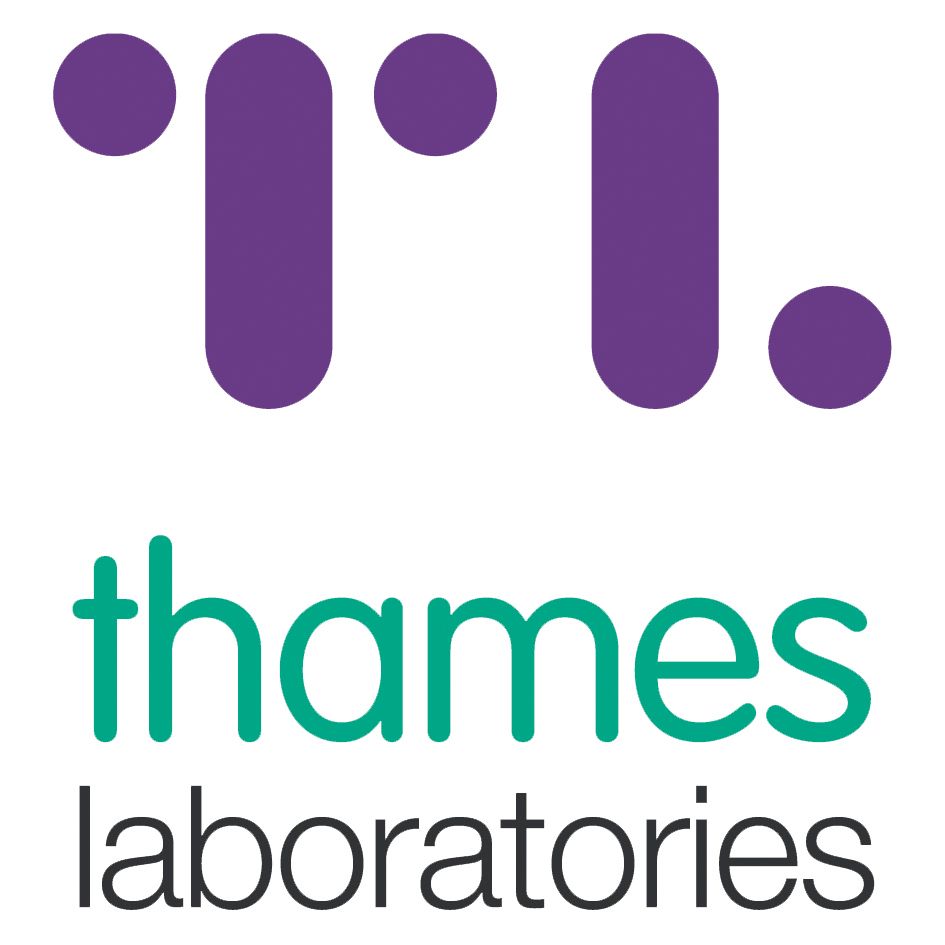Our Work in the Education Sector
At Thames Laboratories, we collaborate with major universities and schools across the UK, offering comprehensive asbestos consultancy services to ensure ongoing regulatory compliance. As a trusted partner in major refurbishment projects and health and safety programmes, we help institutions maintain operational continuity by delivering meticulously planned projects.
Project Example: Collaborating with Schools and Universities for Asbestos Compliance
Thames Laboratories has partnered with one of the largest universities in the UK, providing comprehensive asbestos surveying and air monitoring services for various estate-wide projects. We're proud to nurture this client relationship with our team's excellence in clear communication and strict schedule adherence to ensure every project is completed efficiently and safely.
Project-specific Survey Works
In one particular project, we conducted a localised project-specific R&D survey across three areas within a building. To minimise disruption to daily operations, the survey was performed outside of regular working hours. Additionally, we developed risk assessment reports for work on listed buildings, ensuring compliance with stringent regulations. This thorough survey enabled the necessary asbestos removal works to be carried out effectively and safely.
Effective Project Management
Our team facilitated regular weekly meetings with key client and contractor personnel to discuss progress and address any challenges encountered. This consistent communication and detailed project planning were essential to ensure that all work was completed efficiently and successfully. Additionally, we maintained ad hoc interaction with various project teams to address any emerging needs promptly.



